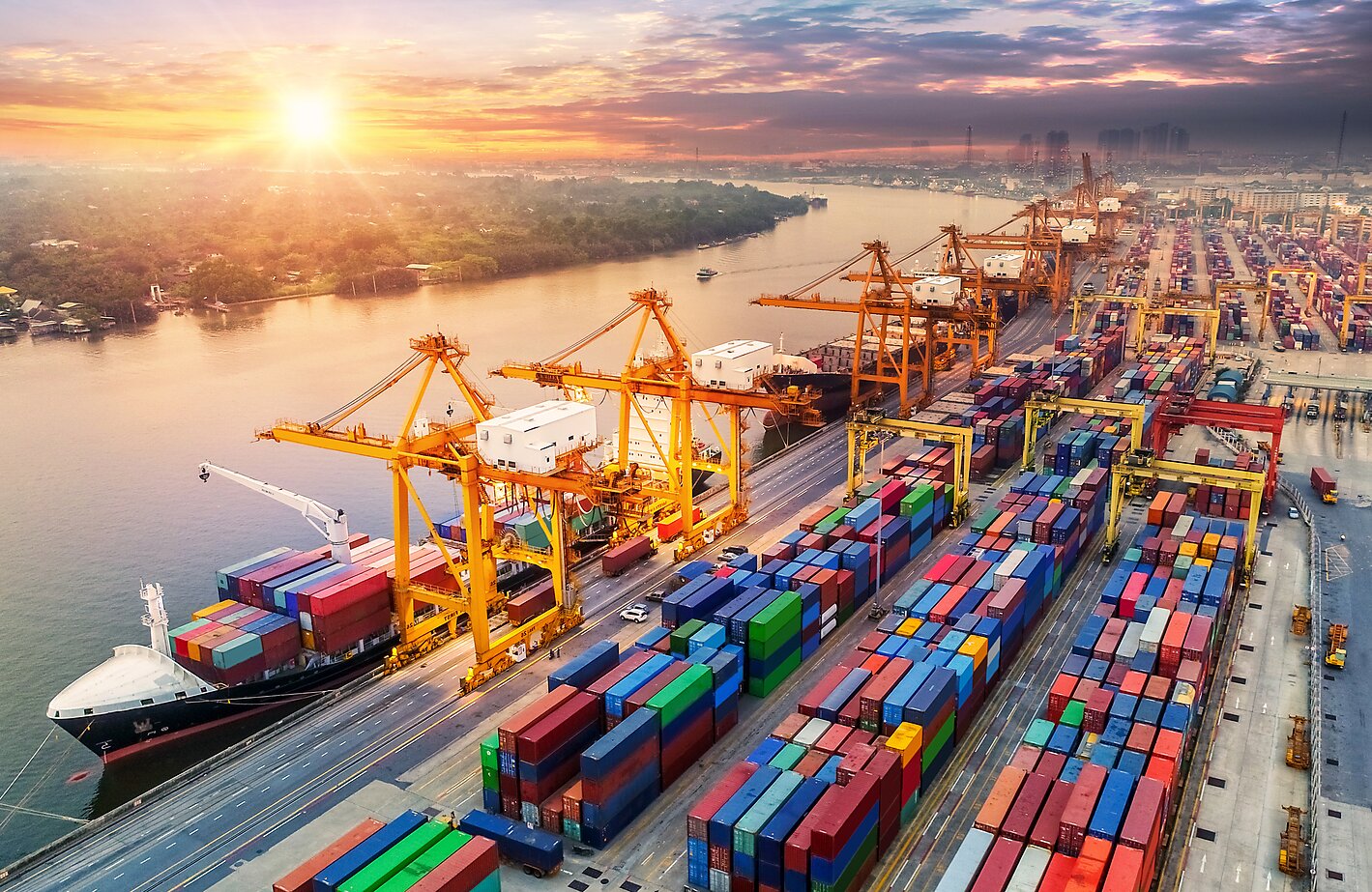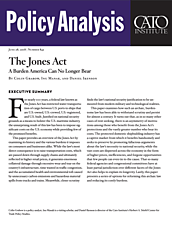This paper provides an overview of the Jones Act by examining its history and the various burdens it imposes on consumers and businesses alike. While the law’s most direct consequence is to raise transportation costs, which are passed down through supply chains and ultimately reflected in higher retail prices, it generates enormous collateral damage through excessive wear and tear on the country’s infrastructure, time wasted in traffic congestion, and the accumulated health and environmental toll caused by unnecessary carbon emissions and hazardous material spills from trucks and trains. Meanwhile, closer scrutiny finds the law’s national security justification to be unmoored from modern military and technological realities.
This paper examines how such an archaic, burdensome law has been able to withstand scrutiny and persist for almost a century. It turns out that, as in so many other cases of rent seeking, there is an asymmetry of motivations among those who benefit from the Jones Act’s protections and the vastly greater number who bear its costs. The protected domestic shipbuilding industry has a captive market from which it benefits handsomely and seeks to preserve by promoting fallacious arguments about the law’s necessity to national security, while the vast costs are dispersed across the economy in the form of higher prices, inefficiencies, and forgone opportunities that few people can even tie to the cause. That so many federal agencies and congressional committees have at least partial jurisdiction over different facets of the Jones Act also helps to explain its longevity. Lastly, this paper presents a series of options for reforming this archaic law and reducing its costly burdens.





